Today I start a new chapter on Go Go Go… a guest poster! Doug from The Kitchen Professor emailed me several weeks ago, asking if he could write a post for me. I was a little apprehensive, but figured it was worth a go. There hasn’t been too much cooking going on here lately- Cinderella is busy sewing a pirate costume, because she has all the time and energy in the world and isn’t at all totally nuts.
I love knives, as you may have ascertained by now. There is just nothing like chopping with a fresh knife- and nothing like chopping with one that is in need of some major TLC. As I told Doug, when he suggested a post on basic, essential knives and/or how to take care of your knives, “dull knives make my soul sad.”
Everyone say “hello” to Doug!
*Hi Doug…*
Getting to know knives
Knives are used from fishing, to combat, to the kitchen. One of the first tools ever utilized by humans was a knife!
Let’s examine a few knives to help you better decide what is right for your kitchen.
When trying to select the perfect knives for your kitchen you must first realize this is an investment! Great quality knives come with price, but will last for years.
Quality Knives
Knives that are made with a single piece of steel are the best quality. Cheaper knives are much thinner and sometimes have plastic coverings.
Full Tang or Half Tang
There are a couple different ways knives are crafted; some have a full tang while others have half tang. A full tang is when the blade extends into the grip portion of the knife. In a half tang, the blade stops where the knife grip begins. Full tang seems to be much stronger and lasts longer.
If I were in the market for a new knife, the first thing I would do is shop for it in a kitchen store. This would allow for proper hand fitting. If the knife is not comfortable in your hand then it can hinder proper cutting, carving and utilizing it in the kitchen!
Essential knives
Did you know that there are a few must-have knives that play a vital role in your kitchen? Yes, it is true. There are knives that are needed every day that should be a part of your knife set.
Chef’s Knife
As a chef in the kitchen, one of the primary knives to have is the Chef’s Knife or Santoku Knife. These knives range anywhere from 8-10”. Best used for dicing veggies, meats and fish, this is the number one tool used by most people in the kitchen.
I like the Santoku better than a traditional European shaped Chef’s knife. That’s just a personal preference on my part.
Paring Knife
A straight paring knife simply follows up on the job that the chef knife may not be suitable for. Blades on the paring knife are usually around 3 ½” long which makes this knife ideal for more delicate items. I find myself using a paring knife all the time for many different jobs in my kitchen.
Bread Knife
Who likes fresh baked bread? More like, who doesn’t? The serrated bread knife is the logical choice for slicing fresh loaves of bread! The average length on this knife is about 6”. This knife is also great for cutting foods with waxy surfaces like apples and watermelons.
Other useful kitchen knives
Having a knife block at home is nice as it gives you various styles of knives to choose from. However, there are always certain ones you using frequently and others that never get touched! Let’s take a look at some of the other ones that are gathering dust in your kitchen and what great things they can be used for!
Boning
As the name implies, the boning knife is typically used to boning meat and fish. The boning knife allows flexibility when slicing around bones no matter the size of the food.
Kitchen Shears
There is a certain way I like to cook chicken – spatchcock or butterflied chicken. I begin by cutting it right down the back and laying it flat in the pan. To handle this job, I use my kitchen shears.
Kitchen shears allow you to cut through joints and are made of stainless steel.I recommend the varieties that are two piece so they can be taken apart for washing.
Utility (aka Sandwich) Knife
Up next is the utility knife, or sandwich knife, that in most cases gets left in the dark. This knife is somewhere in the middle of a chef’s knife and a paring knife. Most chefs find this knife to be most useful cutting cheeses, meats and larger veggies.
Ongoing maintenance
So, there you are with your freshly picked veggies, all washed and dried and you want to slice them up! First thing you need to do is get out that cutting board! Cutting boards are not only an essential part of maintaining a nice looking counter top (as you may cut it) but also keeping a sharp knife.
Washing
It is super important to remember to wash your knife after each and every use! Not doing so can allow foods to slowly destroy the knife. But did you know that washing your knife by hand is the ideal way to keep up the maintenance on it?
Drying
Not only is it important to hand wash your knives, but it is also important to hand dry them as well. You do not want to put your wet knife back into the block as that can breed mold growth in the block. Always hand dry knives after washing.
Honing Steel
Another important aspect of maintaining a great set of knives is using honing steel frequently. Also called a sharpening rod, the honing steel really does not sharpen the knife at all! It realigns the curled edge of a blade that happens from use.
Storage options
There are many options for storing knives. Proper storage is just as important as a proper wash!
Magnetic Strip
One option for storage is using a magnetic strip. These strips are attached to the wall in your kitchen and the knives are magnetically drawn to it. (This is a nice option, but I personally do not recommend for a home with kids!)
Sleeves
Alternatively, you can use knife sleeves for storing knives. They come in various sizes to accommodate all knives and allow the knife to maintain the precision and sharpness for a long life. Knife sleeves protect the blade of the knife from getting nicked and dulled.
A knife block is my personal favorite! These blocks hold knives of all shapes and sizes, holding them at a slant for easy accessibility. The one downside for some is that it does take up space on your counter, but having them within easy reach is well worth it!
Don’t Store Knives in a Drawer
The number one big no, no is storing knives in a drawer. Not only does putting them in a drawer increase the risk of you getting cut while reaching in there, but with it rubbing up against other utensils it can dull the blade.
Sharpening
No matter the style, shape or size of a knife they all need to be sharpened at some point. Even the best knife, with the finest steel will get dull over time. So, about once a quarter, you should sharpen your knives.
Traditional Whetstone
The most economic sharpener is a whetstone and you can find them for under $100. The downside is that it takes a while to actually sharpen the knife. If you have lots of time, then a whetstone may be the best option. It does takes practice, so don’t start learning on your best knife.
Electric Knife Sharpener
The other method of sharpening a knife is by using an electric knife sharpener. These sharpeners do most of the work for you but you must still maintain the correct angle on the blade. These devices can be pricey and range from $50 and up.
Conclusion
Knives are one of the most important tools in our kitchens. Knives have come a long way as tools, from their sizes to their quality.
We use them for cutting some of the toughest foods right down to some of the most delicate foods! Whether it is the serrated bread knife, the straight paring knife, or the boning knife, make sure you have the right tool for the job!
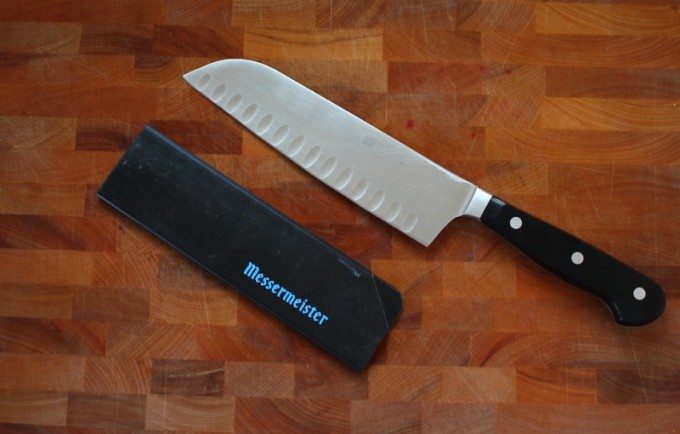
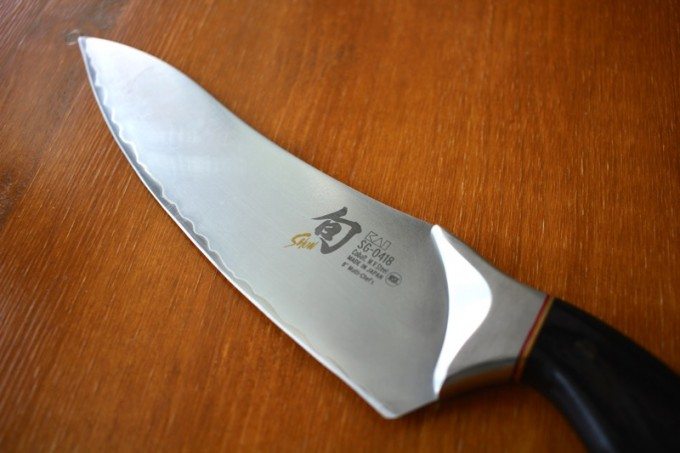
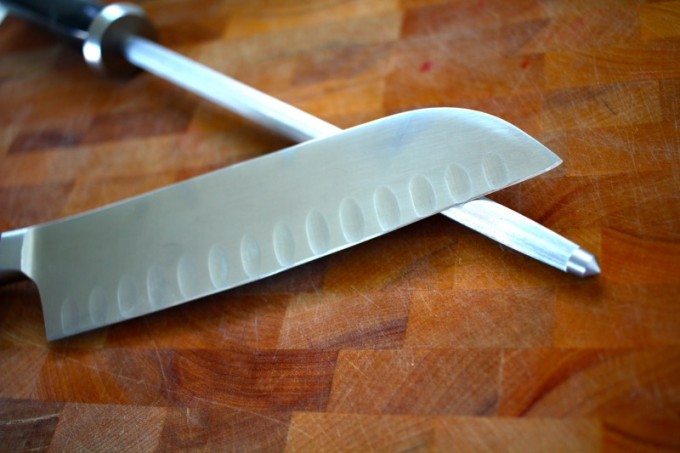
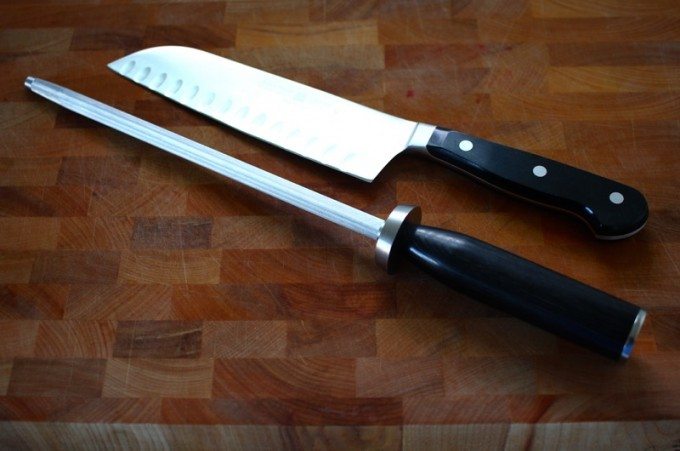








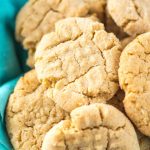


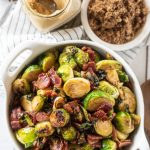

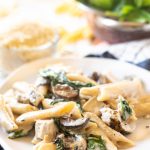
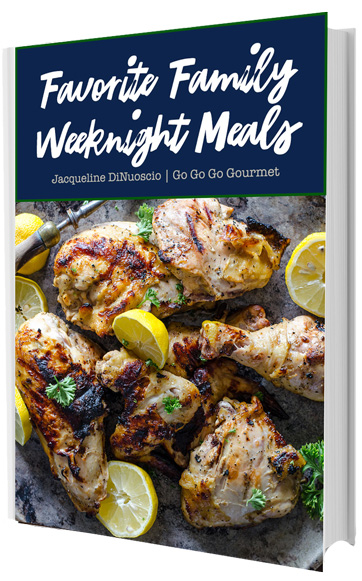
Doug says
Hi Jacqueline, Thanks a bunch for letting guest post! Keep up the great work here, and Go go go!
Doug
p.s. If anyone has any questions, I’ll do my best to answer here.